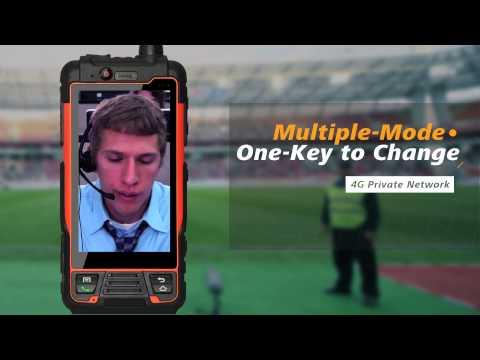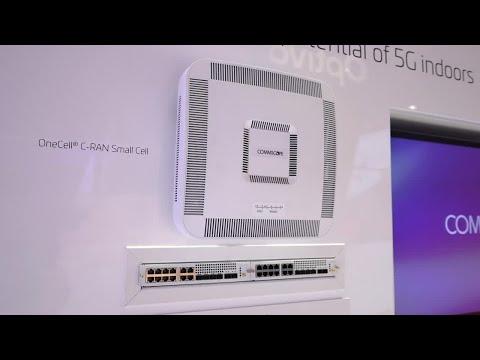5G, Internet Of Things Forcing Spectrum Rethink – Carrier Wrap Episode 33
Description
Wireless spectrum remains a hot topic in the commercial telecom space as government agencies continue to look for ways to free up new spectrum resources in order to meet growing demand from consumers.
Current efforts include the Federal Communications Commission’s ongoing 600 MHz incentive auction proceedings, which many feel will lay the groundwork for a base layer of spectrum in support of planned “5G” network launches. The FCC more recently touted plans to unleash higher band spectrum in a move to meet capacity expectations for those 5G deployments.
FCC Chairman Tom Wheeler earlier this month touted the agency’s “Spectrum Frontiers” proceedings, which looks at solidifying spectrum support across low-, mid- and high-spectrum bands targeting 5G-based services like some use cases called for by “internet of things” applications and virtual reality, which Wheeler cited as “why American leadership in 5G must be a national priority.”
In terms of low-band spectrum, Wheeler cited the ongoing 600 MHz incentive auction process in which the FCC is looking to free up as much as 126 megahertz of spectrum for use by commercial wireless providers. While not specifically targeted at 5G technologies, many industry observers have said the timeframe in which that spectrum will be made available should see it used as the base layer for those next-generation networks.
As for mid-band spectrum, which Wheeler likened to the “Jan Brady of the spectrum world,” the FCC chairman cited the recent AWS-3 spectrum auction of licenses in the 1.7/2.1 GHz band and work done in the 3.5 GHz band as successes in opening up new support. The AWS-3 spectrum licenses, which generated more than $40 billion for the government treasury, and the so-called Citizens Broadband Radio service spectrum in the 3.5 GHz band, are expected to begin seeing commercial deployments over the next 12 to 18 months.
The upcoming FCC meeting, currently scheduled for July 14, is set to focus on high-band spectrum support, which Wheeler said offers “huge swaths of spectrum for super-fast data rates with low latency, and are now becoming unlocked because of technological advances in computing and antennas.”
On this week’s Carrier Wrap, we spoke with Karl Nebbia, director of spectrum solutions at Alion Science and Technology and a former head of the Office of Spectrum Management at the National Telecommunications and Information Administration, to get his input on the current push to free up more spectrum assets across the low-, mid- and high-band, as well as look at new ways in which the federal government could unleash spectrum resources for use by commercial wireless operators.
Thanks for watching this week’s show, and make sure to check us out again next week when we speak with Sprint COO of Technology Gunther Ottendorfer on the carrier’s 5G moves.
























